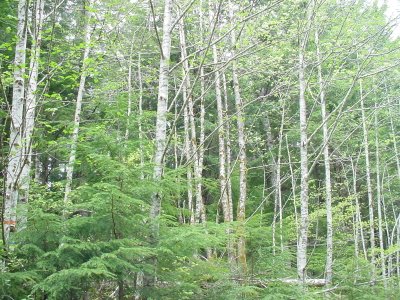 We spent all day Saturday driving through the beautiful countryside along the Skokomish River in Mason County, checking for possible camping sites for the Memorial Day weekend.
We spent all day Saturday driving through the beautiful countryside along the Skokomish River in Mason County, checking for possible camping sites for the Memorial Day weekend.Our family is planning another extended gathering closer to home this year, so traveling distances are shorter. The price of gasoline has a lot to do with our choice - an hour drive is preferable to four hours.
We explored the eastern side of the Olympic National Forest, driving along the Hood Canal, past Hoodsport, and through the valleys along the Skokomish River. These little valleys are quite idyllic - bucolic - with their cattle grazing, plowed farmland, and little farming communities nestled inbetween.
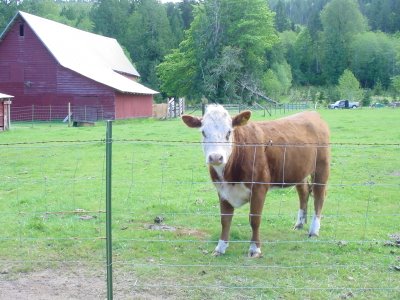
The Hunter River is one of those rivers a child would love, sweetly meandering with twists and turns through the valley. It is shallow, very clear and bubbly, and has the most exquisite aquatic life swaying in the current.
 I videotaped a long segment at this spot, because the birdsongs were so abundant and heavenly. (I enjoy playing these videos when I'm working in my kitchen, and it is like being out in the countryside again.)
I videotaped a long segment at this spot, because the birdsongs were so abundant and heavenly. (I enjoy playing these videos when I'm working in my kitchen, and it is like being out in the countryside again.)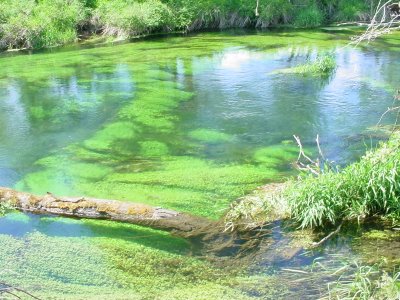
We had an exquisite day for exploring - warm and sunny, with a crisp breeze. (Too brisk on open water for canoeing.) We hiked through Lena Creek and Hamma Hamma Campgrounds, and hiked around the Brown Creek beaver dam at the campground there. This site is quite remote, but offered excellent camping and exploring opportunities.
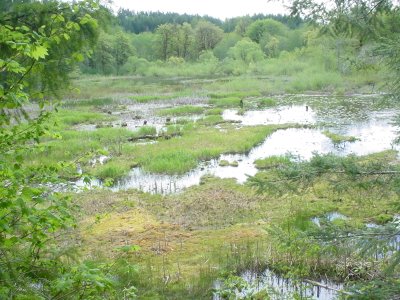
We decided to do all of this exploration, because we weren't sure what the conditions would be like in the more remote camping areas in the Olympic Mountains - sometimes conditions can be very primitive.
Weather is also a factor - although the eastern slopes of the Olympic Forest are drier than the western slopes, there is considerable moisture and misting this time of year. We hiked through all the camping areas, to check out the sites - they are not yet open to vehicles.
Along the way we visited the Sheldon Fish Hatchery and the George Adams Hatchery. One had coho salmon fry and the other had trout - ready to be stocked in local areas. Thousands of fish fry were swirrling around in these holding areas.
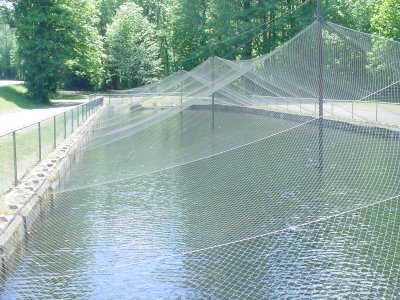
Today, over 90 hatcheries in Washington provide the foundation for the state's recreational fisheries. Presently, about a third of the state's hatcheries are used in some capacity for wild stock conservation work, to preserve native species. $22.4 million is spent annually to produce salmon, steelhead, trout, and warm-water species.
 Hatcheries now provide 75 percent of the salmon caught in Puget Sound and are the linchpin of an $854 million annual recreational fishing economy in Washington State (ranked eighth in the nation) and a $145 million annual commercial fishing economy (seventh in the nation). Hatcheries also play an important role in meeting Tribal treaty harvest obligations.
Hatcheries now provide 75 percent of the salmon caught in Puget Sound and are the linchpin of an $854 million annual recreational fishing economy in Washington State (ranked eighth in the nation) and a $145 million annual commercial fishing economy (seventh in the nation). Hatcheries also play an important role in meeting Tribal treaty harvest obligations.